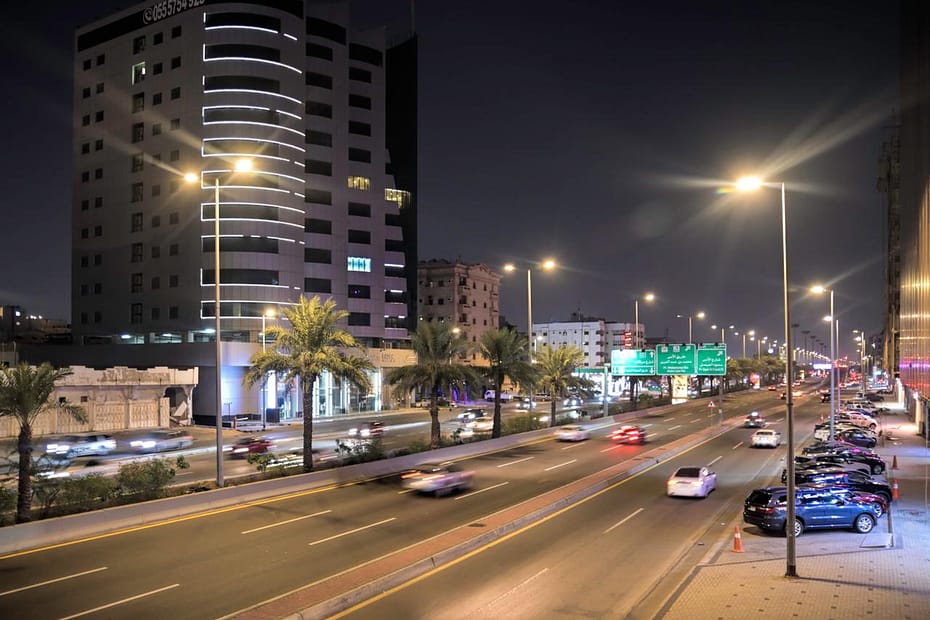Nowadays, as stress and worry are commonplace, architects are devoting more attention to designs that enhance mental health. This article explores the substantial effect of architectural design on mental health, reviewing creative solutions and design principles that establish environments that are beneficial for restoration, comfort, and contentment.
Nature Integration
Biophilic design is being embraced by architects, who are incorporating natural elements such as sunlight, plants, and water features into buildings. Research has demonstrated that being exposed to nature can decrease stress and increase cognitive ability. Adding gardens, indoor plants, as well as large windows that provide an outlook onto the outdoors helps form calming atmospheres that have a beneficial influence over mental wellness.
Light and Space
Architects are now utilizing natural light and creating well-ventilated spaces to maximize the potential for positive moods and increased productivity. To reduce the requirement for additional artificial lighting, they are strategizing the placement of windows and mirrors to boost the perception of space and give a sense of openness. Moreover, this can significantly cut down on feelings of restriction.
Color Psychology
Utilizing color psychology, architects are strategically incorporating hues into spaces in order to evoke certain emotions and improve mental well-beings. Blues and greens are commonly found in calming and tranquil environments. While warm and invigorating colors, such as yellows and oranges, dominate creative and energizing environments. Through careful consideration of color selection, architects can truly shape the psychological atmosphere of a space.
Conclusion
Ultimately, architects are redefining themselves as not only constructors but creators of atmospheres that nurture the spirit and mind. By embracing nature, optimizing light and space, comprehending color psychology, designing therapeutically. Therefore, encouraging community engagement, and incorporating thoughtful design principles. Architects are forming a near future wherein the crafted surroundings becomes an influential instrument for improving mental health.
More on INJ Architects:
Building a Greener Future: The Evolution of Sustainable Architecture

